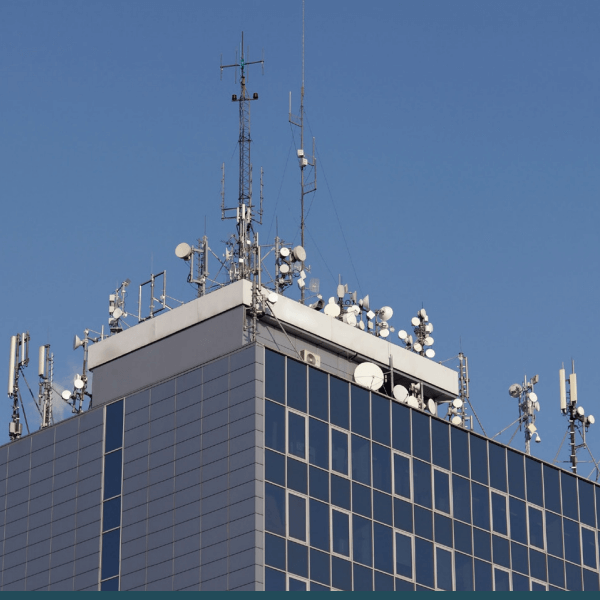This phrase has been used as a framework for evaluating alternatives and strategies in a variety of arenas. Notable examples of this framework include James Collins’ book Good to Great; Why Some Companies Make the Leap… and Others Don’t (spoiler: Mr. Collins suggests hedgehog companies fare better) and Nate Silver’s book The Signal and the Noise, where the fox mindset is argued to produce better judgement.
Here we apply the same thought process to the topic of Radio Frequency (RF) systems that support the growing demand for sensor data to enable smart cities. These sensors are critical to a variety of new technologies, from drone integration in the national airspace to real time spectrum monitoring for optimal communications with smart devices. Should we have a suite of highly specialized sensors, each performing a narrow function? Or should we strive for flexible and programmable sensors that can be reconfigured to provide many functions?
While there will always be a need for both single-use optimized and software definable sensors, the trends of increased speed in technology deployment and a dynamic RF environment dictate that designing and deploying sensors with multiple programmable functions should take top priority.


Source – lairdconnect.com
Questions or Feedback?
If you have thoughts, suggestions, insights or questions about this topic please let us know!


